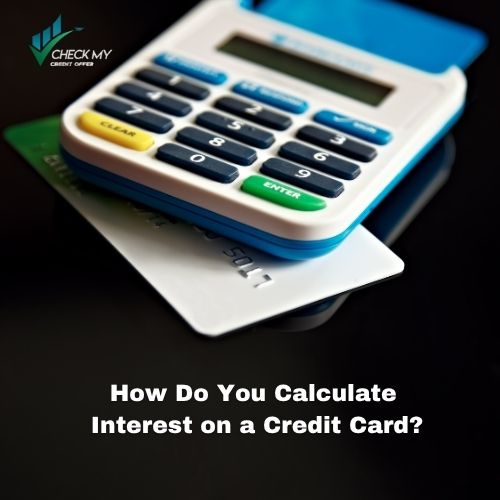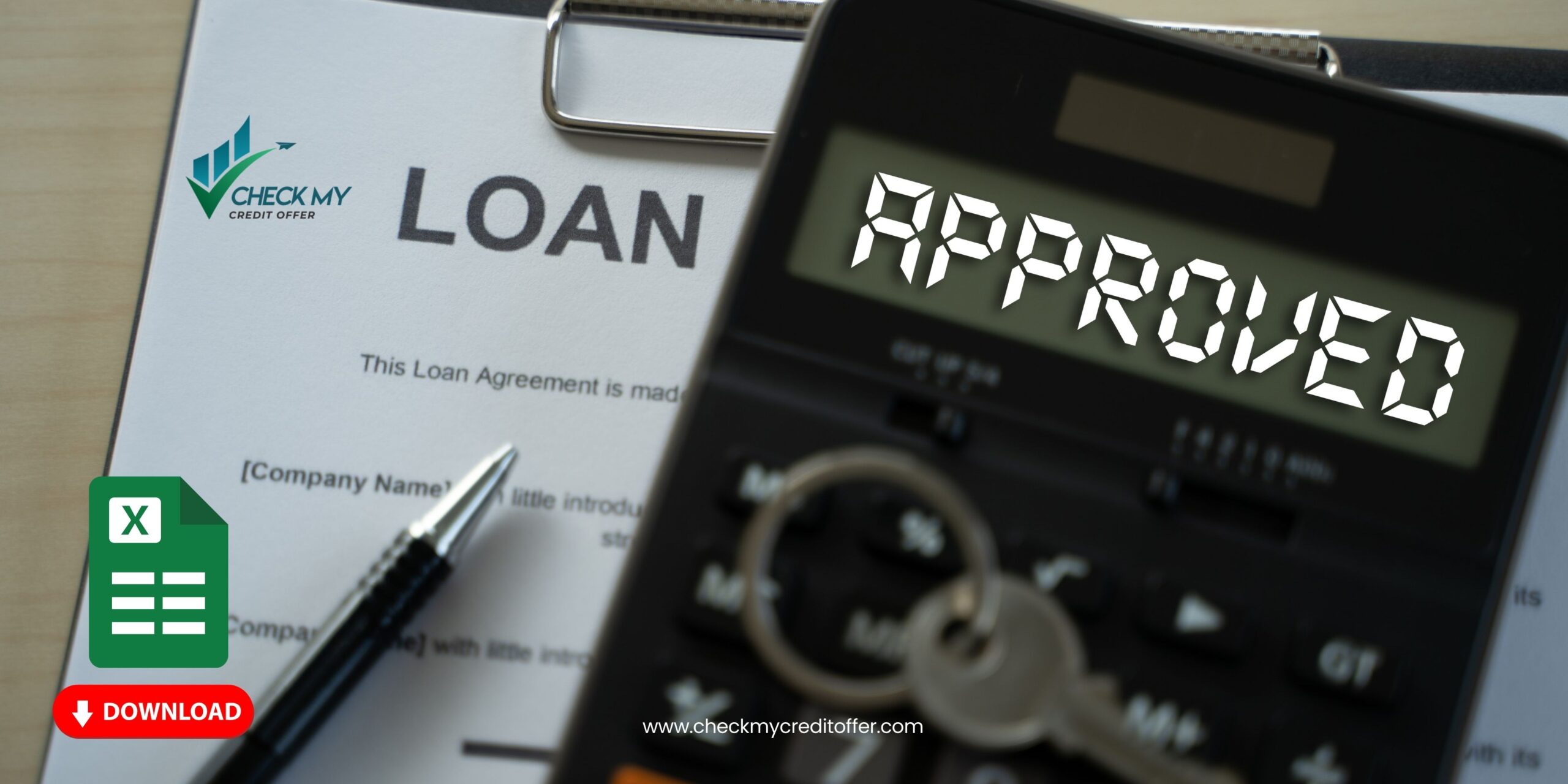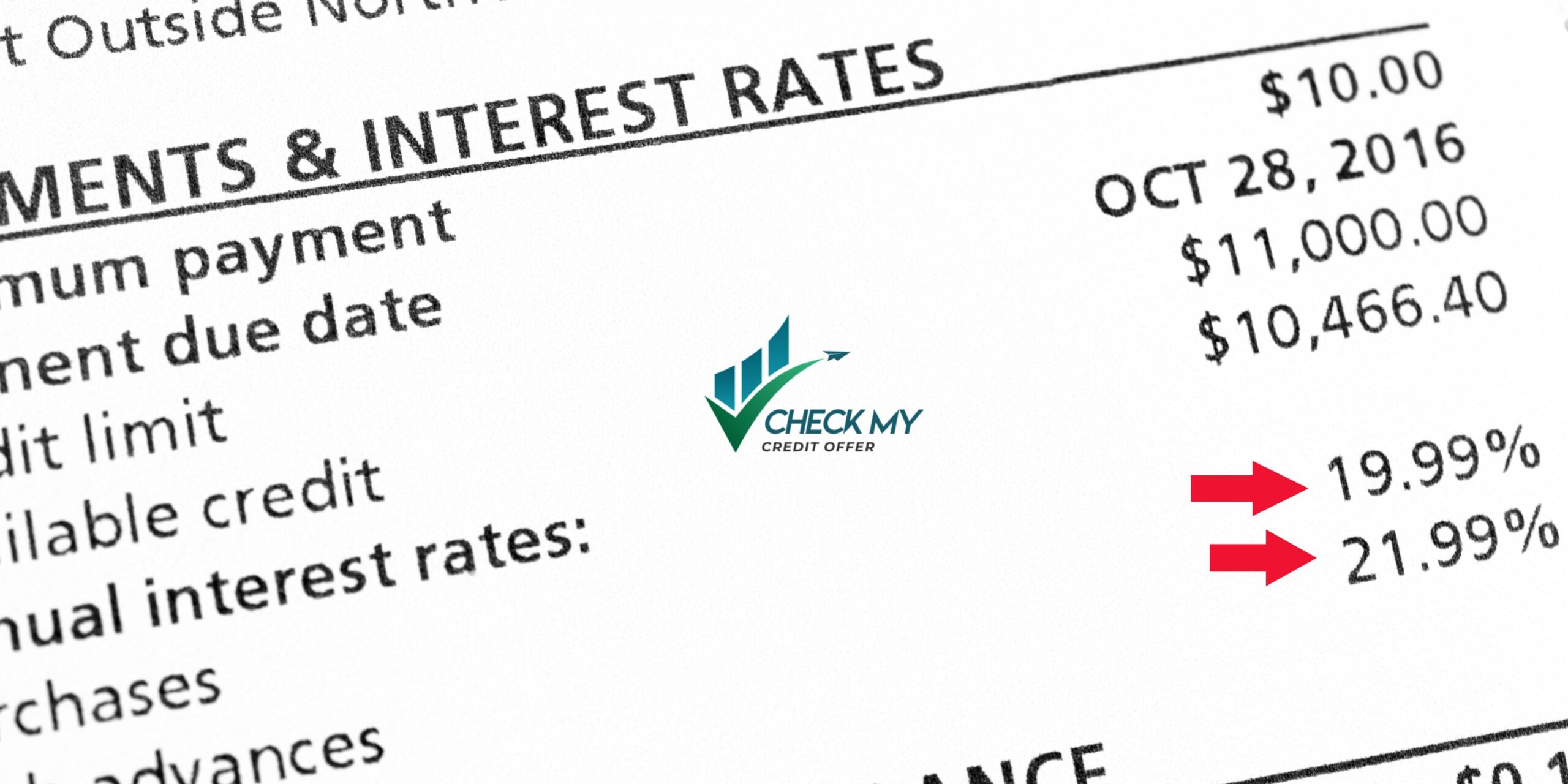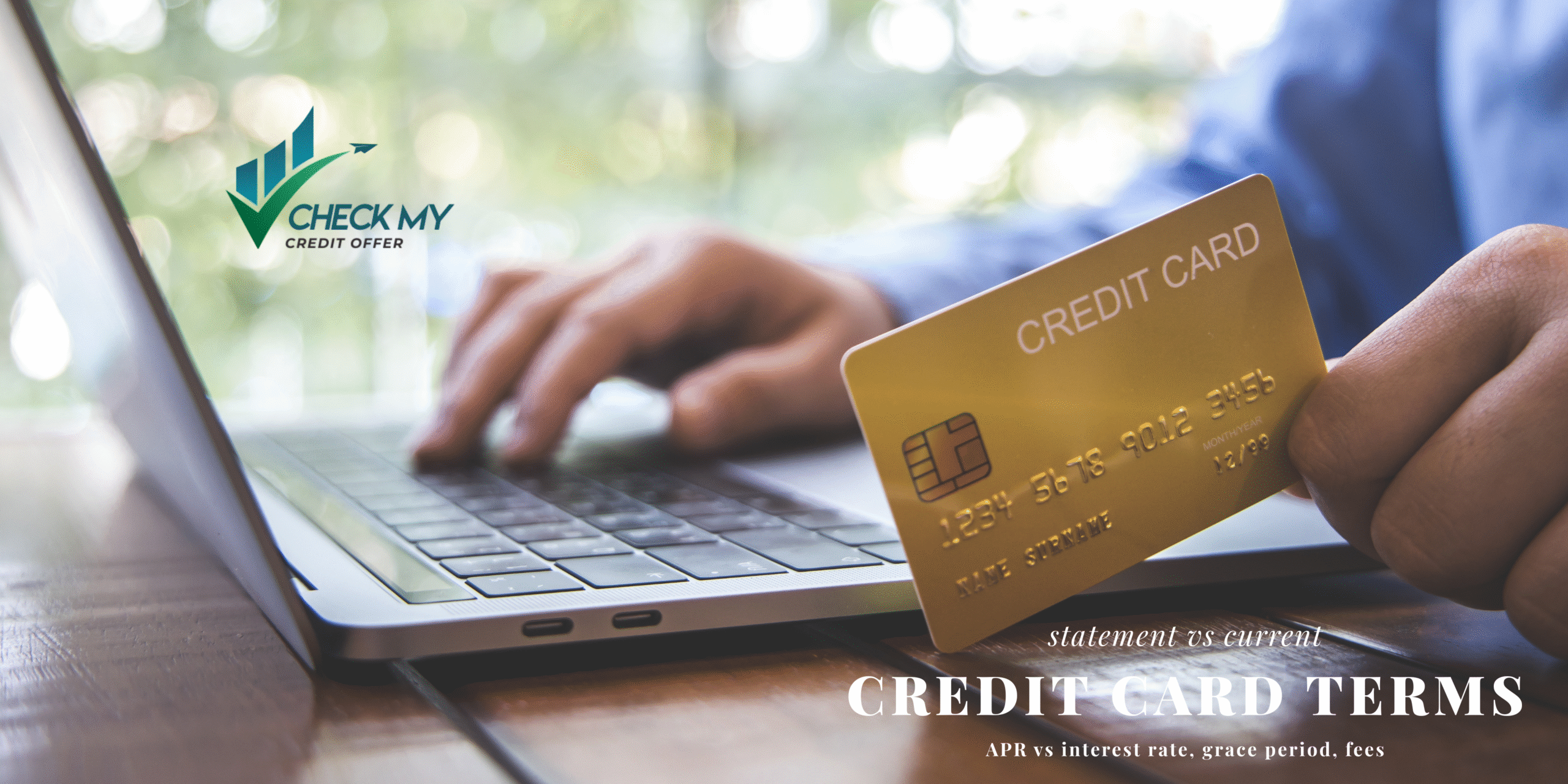Credit Card Interest Calculator | Free Tool to Calculate APR Charges by Day or Month
Our credit card interest calculator helps you
calculate credit card interest using a few simple inputs:
your balance, APR, billing cycle length, and optional mid-cycle payments.
It automatically converts APR → Daily Periodic Rate (DPR),
applies your Average Daily Balance (ADB), and shows both your estimated
monthly interest and the interest per day.
- Monthly estimate: see how much you’ll pay this cycle based on APR and ADB.
- Daily insight: view per-day charges to understand the true cost of carrying a balance.
- Payment impact: test early or mid-cycle payments to see how they lower ADB and reduce interest.
Note: Results are educational estimates only. Actual charges may vary depending on issuer policies, compounding rules, and fees.
Credit Card Interest Calculator
Enter balance, APR, and billing days to estimate interest. Add a mid-cycle payment to see how it lowers your Average Daily Balance.
Formula (estimate): ADB × (APR / basis) × cycleDays. Results are educational only.
Visual Guide — How Credit Card Interest Adds Up
This chart illustrates how APR converts into a daily rate, how interest accumulates during a billing cycle,
and the effect of making early or mid-cycle payments.

Understand your APR—see how interest is calculated daily and monthly with our free tool
How Does Credit Card Interest Work?
Understanding how credit card interest works is key to managing your balance smartly.
Our credit card interest calculator daily and per month helps you see the difference.
- APR → Daily Periodic Rate (DPR): DPR = APR ÷ basis (usually 365).
- Average Daily Balance (ADB): the average balance you carry each day in the billing cycle.
- Formula: Interest ≈ ADB × (APR ÷ basis) × cycleDays.
- Daily vs Monthly: Interest is calculated daily (often compounding daily).
Paying earlier lowers ADB and reduces your total charges.
When Are You Charged Interest on a Credit Card?
You’re charged interest if you don’t pay your full balance by the due date.
Most credit cards offer a grace period on purchases—if you pay in full, no interest applies.
Cash advances usually have no grace period (interest starts immediately).
Balance transfers may come with promotional interest rates, but once those expire, standard APR applies.
Knowing when you are charged interest on a credit card can save you significant money.
How to Calculate Credit Card Interest (Step-by-Step)
- Track your balance for each day of the billing cycle.
- Calculate the Average Daily Balance (ADB).
- Convert APR into a Daily Periodic Rate (DPR).
- Apply the formula:
Interest ≈ ADB × DPR × cycleDays.
Examples You Can Verify
Q: How much is 26.99% APR on $3,000 for ~30 days?
DPR ≈ 0.2699 ÷ 365 = 0.0007395 → Interest ≈ $66.55, Per Day ≈ $2.22.
Case 2: APR 20% on $5,000 with a $1,000 payment on day 15.
ADB ≈ $4,500 → Interest ≈ $73.97.
Q: Is 12% interest high on a credit card?
Compared to the U.S. average (~20%+), 12% APR is lower—but it’s still costly if you carry a balance.
360 instead of 365 days for APR calculations.Our credit card interest calculator supports both options.
How to Avoid Interest — and Lower Your APR
How to Avoid Credit Card Interest
- Pay in full before the due date to keep your grace period (no interest on purchases).
- Make multiple payments during the billing cycle to reduce your Average Daily Balance (ADB).
- Avoid cash advances — they accrue interest immediately and often include extra fees.
- Use 0% intro APR offers carefully (check transfer fees, promo length, and your payoff plan).
- If you routinely carry a balance, consider credit cards with low APR.
These steps show exactly how to avoid paying interest on your credit card and keep more of your money each month.
Ways to Lower Your Interest Rate (APR)
- Call your issuer and request an APR reduction — a clean payment history and steady income help.
- Ask for a product change to a lower-APR card with the same bank (no new application in many cases).
- Use a balance transfer credit card with 0% intro APR (mind the fee, promo duration, and payoff plan).
- Compare companies that lower credit card interest rates and look for low-APR cards if you carry balances.
What Is My Credit Card Interest Rate (APR)?
Wondering what your credit card interest rate is? You can usually find it in your
Schumer Box (the standardized rate disclosure), on your monthly statement, or inside your online account.
This number—your APR—tells you how much you’ll pay in interest if you carry a balance.
- Purchase APR: applied to regular card purchases if you don’t pay in full.
- Balance transfer APR: may be lower or 0% for a promo period, then reverts to standard APR.
- Cash advance APR: often the highest, with no grace period.
According to industry data, the average credit card interest rate in the U.S. is often above 20%.
Anything in the low-to-mid teens may be considered a good APR for a credit card, but it still costs money if you carry a balance.
Always check your own account for the most accurate information.
Credit Card Interest Rates – Examples from Major Issuers
While credit card interest rates vary based on your credit profile and product type, most issuers
disclose clear ranges in the Schumer Box on your account or monthly statement.
Here’s a snapshot of how major banks typically present APRs:
| Issuer | Purchase APR | Balance Transfer APR | Cash Advance APR |
|---|---|---|---|
| Chase | Varies by card (Freedom, Sapphire, etc.) | May include intro 0% offers | Usually higher, starts immediately |
| Discover | Transparent ranges shown online | Often matches purchase APR | Higher APR, no grace period |
| Citi | Tiered APRs depending on credit | 0% promos available | High, starts immediately |
| American Express | Premium cards may carry higher APR | Intro offers on select products | Varies, typically the highest |
Note: These are general examples. Always check your own statement or account portal for the exact
APR and terms that apply to you.
Issuer-Specific Notes: Discover, Chase, Citi & More
While the formula for interest is similar across issuers, where you find your
credit card interest rate (APR) and how it’s displayed may vary.
Most banks rely on the Average Daily Balance method, but always check your card’s disclosures.
- Discover: Your Discover credit card interest rate is listed in your online account or monthly statement. Look under “APR for Purchases,” “Balance Transfers,” and “Cash Advances.”
- Chase: You’ll find APR and your Periodic Rate in the Schumer Box disclosure or inside your Chase online account under “Account Details.”
- Citi: Similar format—APR is shown on your statement and in your online dashboard. Citi may also highlight promo rates separately.
credit card interest rate. This document is provided when you open your account and is accessible online.
credit card interest calculator FAQs
What is interest on a credit card?
Credit card interest is the cost of borrowing money, usually expressed as an Annual Percentage Rate (APR).
If you don’t pay your balance in full by the due date, interest starts accruing daily.
How does credit card interest work?
Interest is calculated with a formula: Average Daily Balance × (APR ÷ 365 or 360) × Days in Cycle.
Because the balance compounds daily, making early or extra payments reduces your Average Daily Balance (ADB) and your total interest.
When are you charged interest on a credit card?
You’re charged interest if you carry a balance past the due date. Purchases may qualify for a grace period, but
cash advances and most balance transfers begin accruing interest immediately.
How much is 26.99% APR on $3,000?
At 26.99% APR, a $3,000 balance accrues about $66.55 in interest over a 30-day cycle (≈ $2.22 per day).
Try our calculator above to test this with your own numbers.
Is 12% interest high on a credit card?
A 12% APR is below the U.S. average (often 18–24%). It’s considered relatively low, but carrying a balance still makes borrowing costly over time.
How do I avoid paying interest on my credit card?
Pay your balance in full before the due date to keep your grace period. You can also make multiple payments per month,
avoid cash advances, or use a 0% intro APR balance transfer carefully to reduce or eliminate interest.
What is a good APR for a credit card?
A good APR is generally below the national average, often under 18%. The best strategy, however, is paying off
your balance in full each month to avoid interest entirely, regardless of APR.
Conclusion: Why Use a Credit Card Interest Calculator?
Understanding how interest works is the key to smarter credit card use. With our free
credit card interest calculator, you can quickly
calculate credit card interest on any balance, test payment strategies,
and see exactly how much an APR costs you daily or monthly.
This knowledge empowers you to save money, pay down debt faster, and avoid surprises on your statement.
By combining this calculator with smart strategies—like paying in full, exploring
Balance Transfer Cards,
or starting with the right
Student Card—you’ll have a clear plan
to minimize interest and maximize rewards.
Official Resources on Credit Card Interest:






